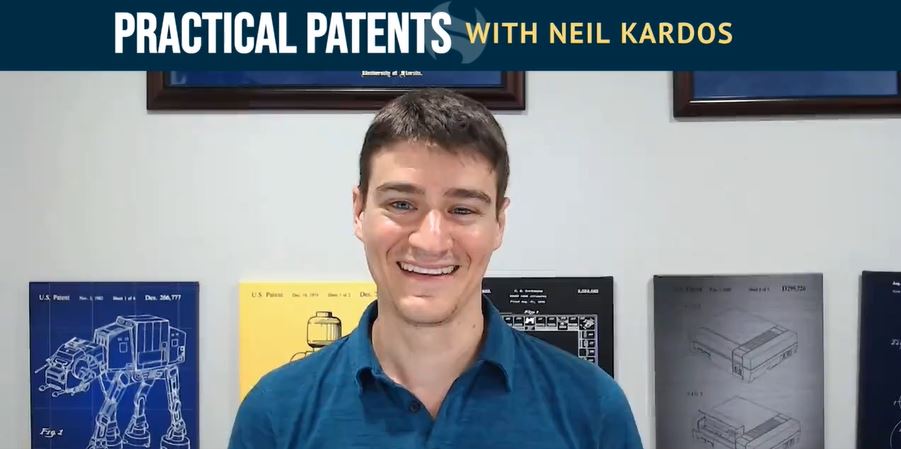The Art of Word Selection in Patent Application Drafting
Drafting a patent application is an art form that requires meticulous attention to detail, especially when it comes to language use. Neil Kardos accentuates this point by highlighting the potential pitfalls of using terms like “first” and “second” in patent claims. Such terms, while seemingly straightforward, can introduce ambiguity that may have far-reaching legal implications.
Neil presents a compelling example to illustrate the complexities involved. Imagine a claim that involves multiple signals, say a “first signal” that generates a “second signal.” If additional claims reference other signals, labeling them as “third,” “fourth,” etc., could create significant confusion. This is not just a theoretical concern; such ambiguity could actually compromise the enforceability or scope of the patent claim.
Strategic Approaches to Resolve the Issue
- Specific Labeling: One way to avoid confusion is to adopt specific labels for these signals. However, care must be taken to ensure these labels do not unintentionally limit the claim’s scope.
- Dependent Claim Labeling: Another approach Neil recommends is to only use “first” and “second” in the independent claim. This allows for the use of distinct labels for signals in dependent claims, minimizing the risk of confusion.
Considerations for Long-term Strategy
As patent attorneys, agents, and support staff, it’s crucial for us to think beyond the immediate challenges of patent drafting. For instance, how can we adopt an analytics-driven approach to identify common pitfalls in patent application drafting? How could automation aid in standardizing terminology and reducing errors?
Neil’s advice is not just a set of drafting tips but also a call for critical thinking in the patent field. His insights remind us that every word in a patent application carries weight and could have long-term consequences for innovation in the computer, electrical, and mechanical fields. As we continue our pursuit of innovation and quality in patent law, taking heed of such expert advice is indispensable.
Don’t forget to come back for more tips in the next installment of the Practical Patents Series. Until next time, happy patenting!
Note: This blog post is based on the opinions and observations of the author and should not be considered legal advice. Consult a qualified patent attorney for specific guidance on patent application drafting.
Want more tips? Check out other Practical Patents videos with Neil Kardos here!

